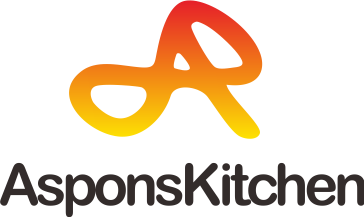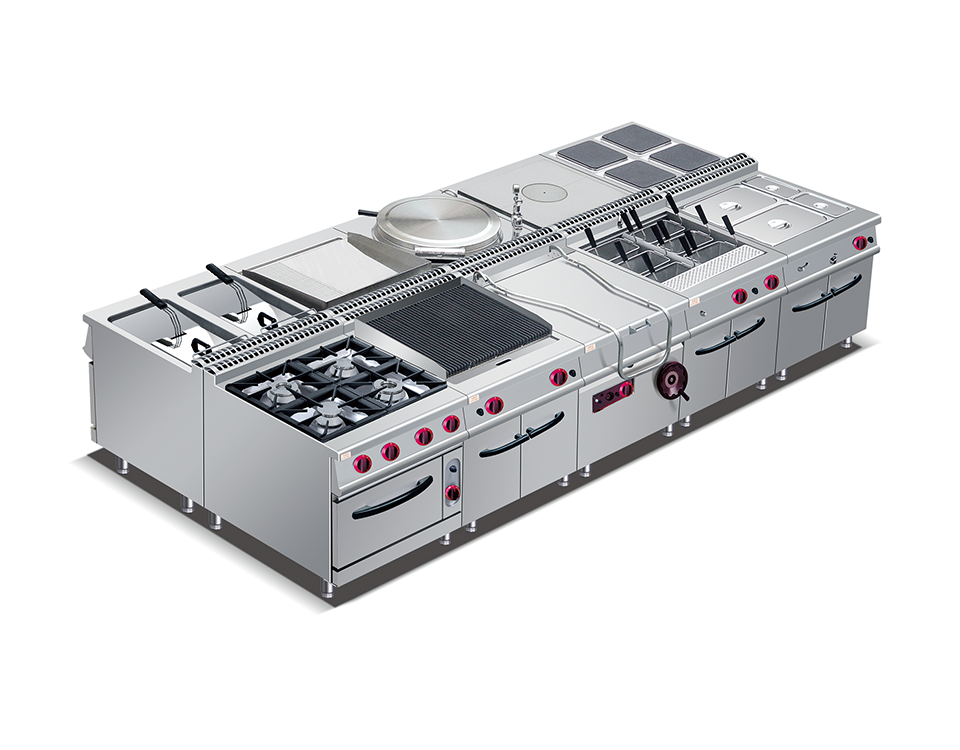- Cooking Appliances: School canteen kitchens in Australia are equipped with cookers that differ from typical household gas stoves. These cookers are made of food-grade stainless steel with energy-efficient burners and other accessories. Commercial induction cookers are waterproof, leak-proof, and equipped with anti-dry-burning protection. They provide versatile heat control, durability, and easy cleaning, making them suitable for larger crowds. Common appliances include double-headed stoves, large pot stoves, low-soup stoves, clay pot cookers, noodle cookers, steam cabinets, and stir-fry stoves.
- Exhaust Systems: Due to the production of cooking fumes, canteen kitchens must have exhaust systems, as regulated by health authorities. Key components include hoods, fume purifiers, fans, wind cabinets, control boxes, and exhaust ducts. The coverage area of these systems should exceed that of the cooking area. Regular cleaning of exhaust ducts and replacement of oil filters are essential to maintaining the system’s effectiveness.
- Preparation Equipment: To meet the needs of storing vegetables, grains, and handwashing, various preparation equipment is necessary. This includes sinks, shelves, workbenches, grain racks, and four or five-tier shelves. Depending on requirements, additional equipment such as cutlery carts, meal carts, seasoning carts, meal counters, leftover counters, cloth bins, and thawing bins may be included.
- Refrigeration and Insulation Equipment: Refrigerators, commonly with 4 or 6 doors, are used for ingredient preservation. For larger demands, cold storage rooms with superior refrigeration capabilities, extended storage times, and high-quality preservation to inhibit mold growth may be employed. With refrigeration equipment comes insulation equipment, including insulated meal counters and containers, essential for maintaining food temperatures.
- Cooking Machinery: This category involves smaller mechanical equipment such as slicers, mixers, noodle makers, dough presses, and soy milk machines. The selection and brands of these machines vary based on the canteen’s requirements and standards.
- Disinfection Equipment: Essential for both school canteens and external catering, disinfection equipment acts as a barrier against bacteria. This includes disinfection cabinets, dishwashers, and vegetable washers.
- Dining Utensils: Mainly encompassing utensils and vessels used during dining in the canteen.
- Steaming Equipment: Steamers and steam cabinets used for steaming various ingredients, commonly employed for cooking rice and steaming buns.
- Baking Equipment: Ovens and baking racks for baking food items like bread and roasted chicken.
- Deep-Frying Equipment: Specialized appliances for deep-frying foods, such as chicken fryers and potato fryer equipment.
- Milling Machines: Used for processing ingredients like flour and soy milk.
- Food Processing Machinery: Machines for chopping, slicing, mixing, and beating ingredients.
- Utensil Disinfection Cabinets: High-temperature steam disinfection for ensuring utensil hygiene.
- Dishwashers: Automatic cleaning devices for utensils and kitchen tools, improving efficiency.
- Waste Management Equipment: Waste processors and categorized bins for effective waste management.
- Beverage Cooling Machines: Appliances providing cold beverages, including water coolers and juice dispensers.
- Pastry Equipment: Specialized equipment for making pastries, such as noodle makers and bun machines.
- Ingredient Storage Equipment: Freezers and refrigerators for storing food ingredients.
- Queue Management Systems: Implemented to enhance dining efficiency, including ticket machines and card readers.
The selection and configuration of these appliances are tailored to the size of the canteen, the variety of dishes, and the service requirements, ensuring an efficient and safe provision of food services.


Leave A Comment